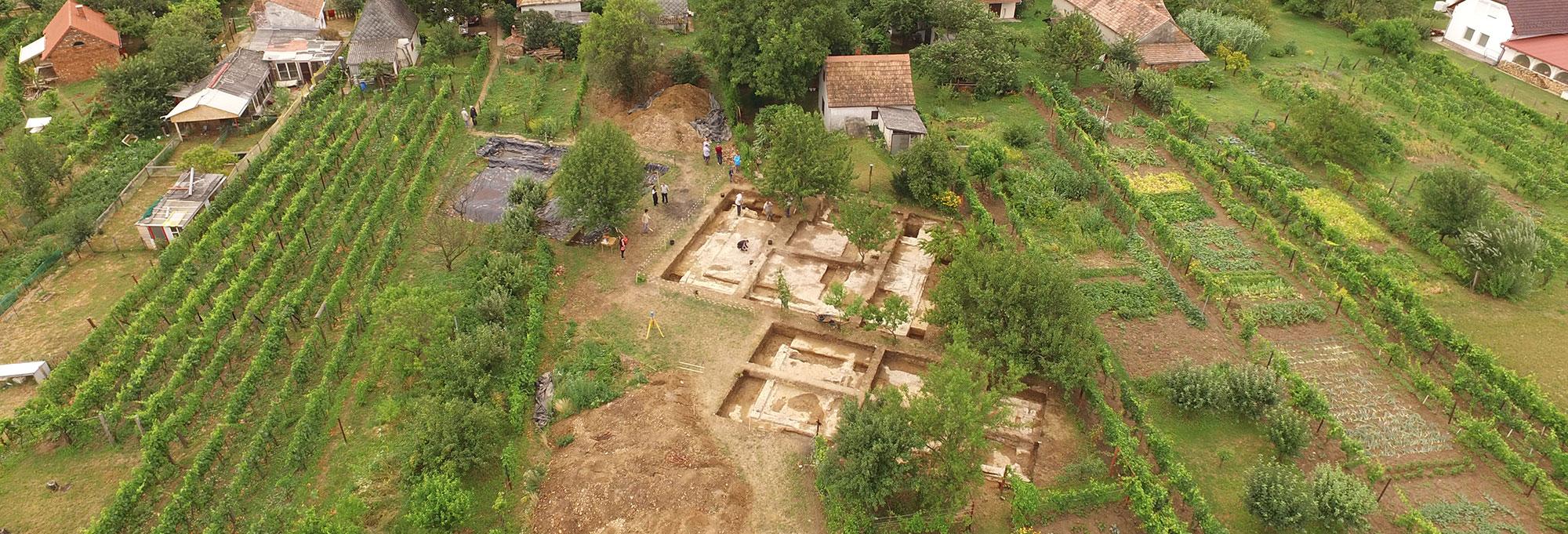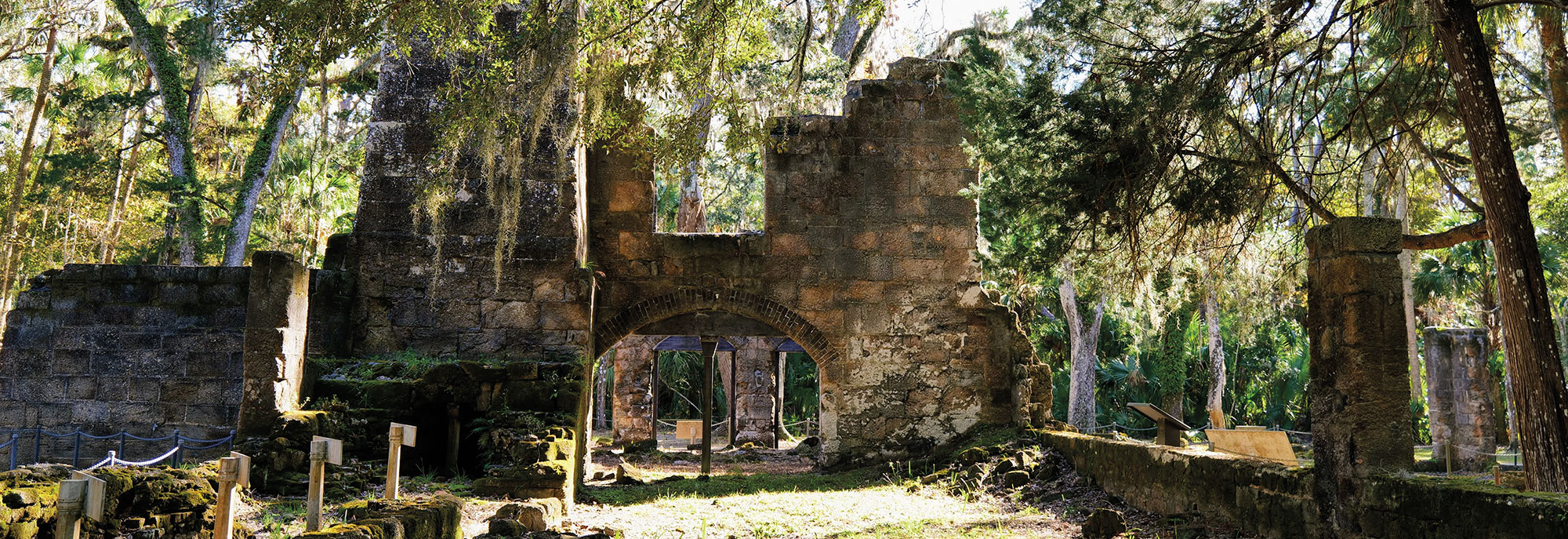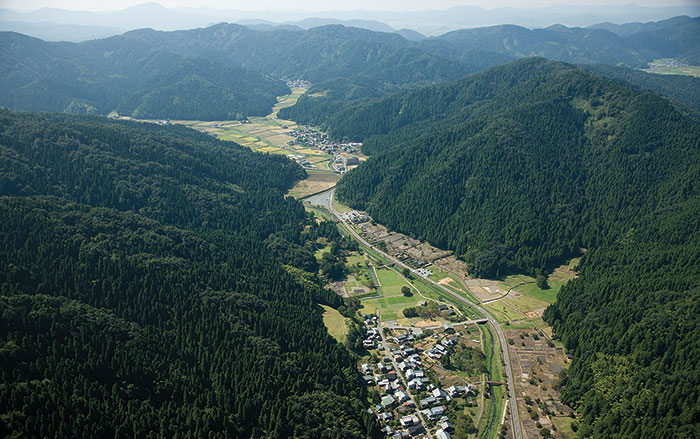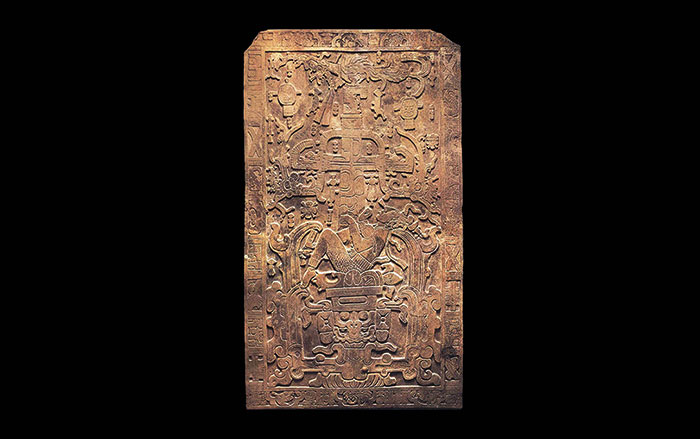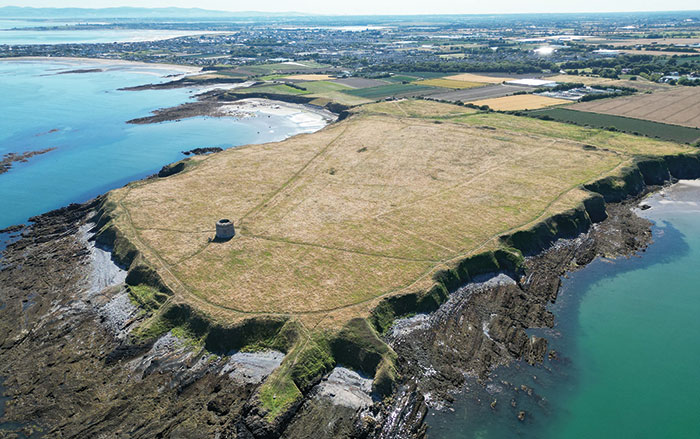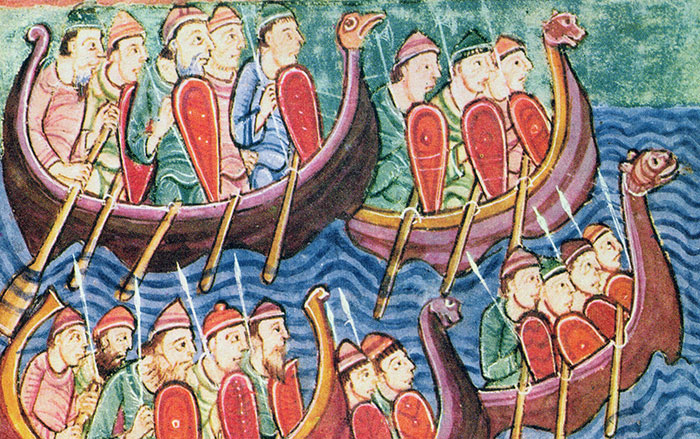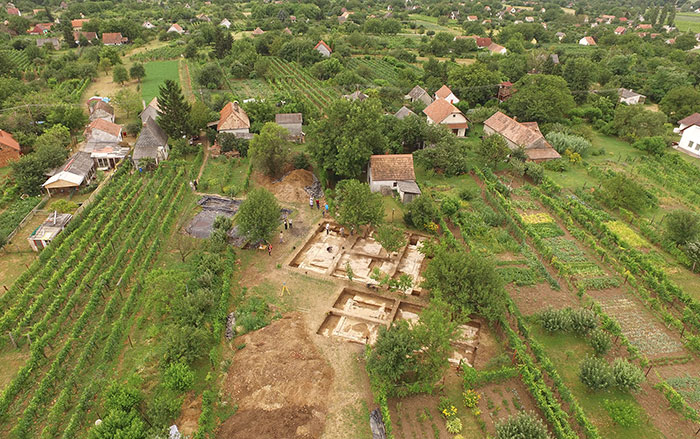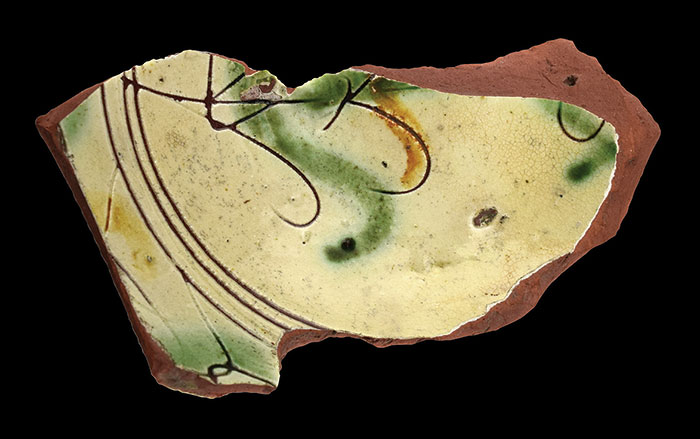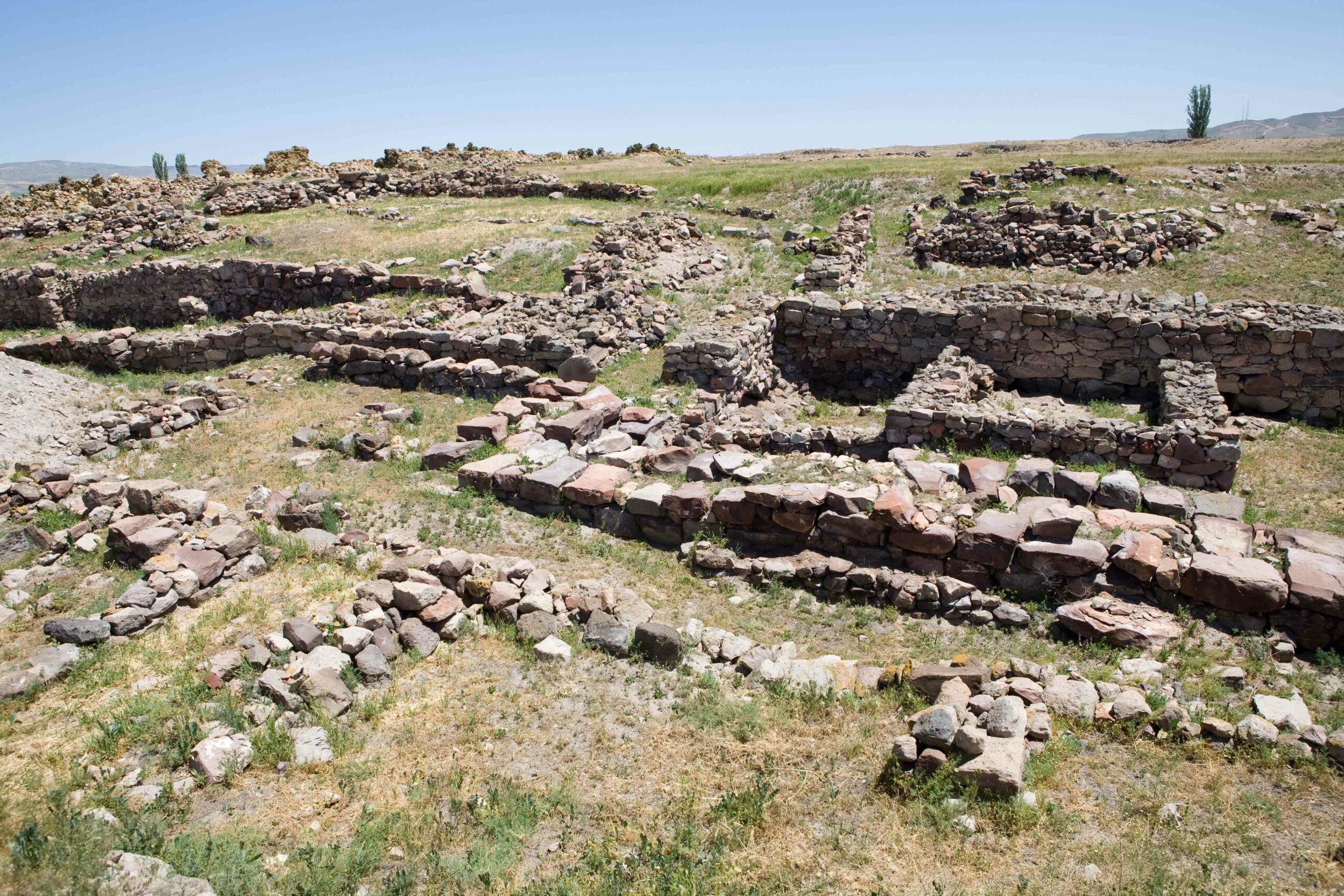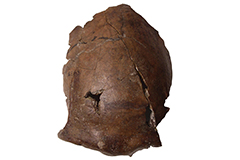
PAPUA NEW GUINEA

PAPUA NEW GUINEA: When the Aitape skull was discovered in 1929, it was mistakenly thought to belong to Homo erectus. But subsequent radiocarbon dating determined it was only around 6,000 years old. Now, a reevaluation of the skull and its findspot has added a new twist. Geochemical analysis of the sediments in which the skull was embedded suggests they were deposited miles inland by a powerful paleo-tsunami, making the skull perhaps part of the world’s oldest known tsunami victim.
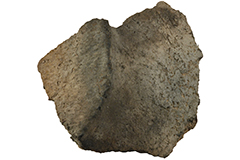
GEORGIA

GEORGIA: Chemical analyses of ceramic vessels from two Early Neolithic sites in Georgia produced the earliest known evidence of grape wine and viniculture in the Near East. The sherds of pottery tested positive for tartaric acid, the principal biomarker of grapes and wine, as well as other indicators. This suggests humans were producing wine as far back as about 6000 B.C., nearly 500 years earlier than previously thought. The domestication of the wild Eurasian grape is believed to have first occurred in this region.
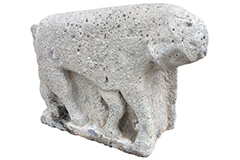
ISRAEL

ISRAEL: Sometimes important archaeological relics are found in unexpected places. This was the case when archaeologists recently noticed a lioness statue within an unassuming pile of dirt and modern debris at the site of el-Araj near the Sea of Galilee. The basalt relief carving weighs 1,320 pounds and dates to between the 4th and 6th centuries A.D. It may have once adorned a nearby synagogue. Some experts believe el-Araj is where the biblical settlement of Bethsaida and the later Roman town of Julius were located.
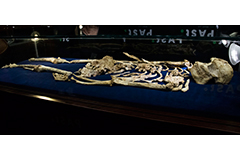
SOUTH AFRICA

SOUTH AFRICA: After 20 years of painstaking excavation, cleaning, and reassembling, the virtually intact skeleton of the Australopithecus hominid known as Little Foot has been unveiled. Bones from the 3.67-million-year-old human ancestor were first identified in the 1990s within the Sterkfontein caves northwest of Johannesburg. Little Foot represents the most complete Australopithecus ever discovered and may provide unparalleled information about the origins of humankind, as well as the appearance, anatomy, and movement of early human relatives.
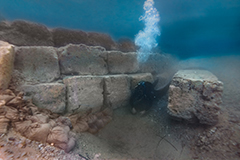
GREECE

GREECE: Underwater archaeologists have gained new insight into the construction and configuration of ancient Corinth’s main harbor, Lechaion. The city was destroyed by the Romans in 146 B.C., but was rebuilt a century later and grew into a major port, thanks to advanced Roman engineering. While most of the infrastructure lies underwater today, divers have identified the remains of massive stone moles, wooden and concrete caissons, monumental buildings, and as many as four harbor basins interconnected by canals.
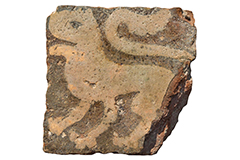
FRANCE

FRANCE: Several miles southwest of their diocese, the bishops of Thérouanne enjoyed a lavish country retreat. Built in the 14th or 15th century near the shores of the Aa River in Saint-Martin-d’Hardinghem, the property was recently investigated prior to the installation of modern flood-prevention infrastructure. The central house was surrounded by a 40-foot-wide moat and contained a large ceremonial room. More than 2,100 square feet of rare and ornate tile flooring that depicts human, animal, and geometric motifs has survived.

ENGLAND

ENGLAND: Perhaps medieval Englanders should have shunned fur. Genetic testing on the skull of a woman who died in Suffolk between 885 and 1015 revealed that she suffered from a strain of leprosy carried by red squirrels. Cases of leprosy were particularly prevalent in East Anglia during that period. The region’s close ties with Viking traders and the demand for prized Scandinavian squirrel fur may have been responsible for the disease’s introduction, and the bushy-tailed rodents may inadvertently have passed it on to humans.

VENEZUELA

VENEZUELA: Thanks in part to historically low water levels, researchers have been able to document a large corpus of rock art located along a section of Venezuela’s Orinoco River known as the Atures Rapids. Drone photography recorded most of the engravings for the first time, which include scenes of humans, animals, and cultural traditions. One massive panel contains 93 individual characters across 3,200 square feet of rock. Although still unsure of the engravings’ dates, experts believe they were created in both the pre-Columbian and colonial periods.
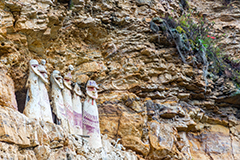
PERU

PERU: As the Incas expanded their empire, they forcibly removed rebellious tribes to maintain a region’s stability. The Chachapoyas of northern Peru, known as the Warriors of the Clouds, were thought to have disappeared after suffering this fate in the 15th century. However, a new genetic and linguistic study has revealed that pockets of the population living there today retain genetic links to ancient Chachapoyas. Contrary to historical accounts, the Chachapoyas were apparently able to survive dispersal and assimilation after the Inca conquest.

ARIZONA

ARIZONA: A new theory is challenging the long-held idea that Native American groups living in the Grand Canyon region 1,000 years ago relied predominantly on corn for subsistence. Instead, research suggests that prehistoric communities set controlled fires to burn off the grasses and weeds along the canyon’s forested rim. This stimulated the growth of edible plants such as amaranth and chenopodium, wild relatives of quinoa. These plants likely dominated local diets at that time, as pollen analysis of ceramic storage vessels has indicated.


